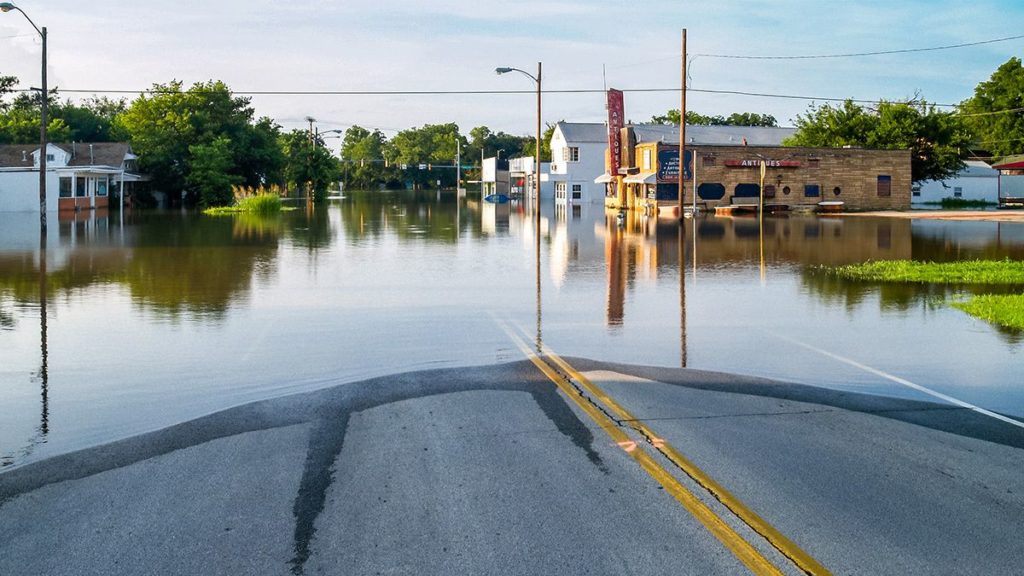Victims of the December 2021 tornadoes in Kentucky have until May 16, 2022 to file individual and business tax returns and make tax payments. For more information, consult the IRS.
When disaster strikes, you have a lot on your mind. Your first thoughts might be of repairing damages and getting your business back up and running. But then, it hits you … Oh no, my taxes are due soon. Thankfully, there’s tax relief in disaster situations.
About tax relief in disaster situations
Individuals and businesses impacted by a federally declared disaster may be able to receive IRS tax relief. This tax relief may include additional time to file tax returns and make tax payments, the ability to receive faster refunds, penalty waiving, and the option to claim deductions on your tax return. To receive IRS tax relief, the federal government must declare your location a major disaster area.
So, what qualifies as a disaster? Disaster situations may include:
- Hurricanes
- Earthquakes
- Tornadoes
- Severe storms
- Flooding
- Landslides
- Mudslides
- Droughts
- Snowstorms
- Wildfires
Examples of IRS disaster relief
Examples of recent tax relief in disaster situations include Hurricane Ida, Dorian, Michael, Florence, Irma, Maria, and Harvey; and California Wildfire.
The IRS has a help page that lists recent disasters and the types of tax relief you may be able to receive if your business was impacted.
For example, the IRS pushed back tax deadlines and abated penalties on payroll and excise tax deposits due for victims of Hurricane Ida in Louisiana, New York, New Jersey, and Mississippi.
Types of IRS disaster relief
If a federally declared disaster impacts your business, you can seek IRS tax relief In the form of:
- Delayed tax payments
- Tax deductions
Delayed tax payments
As a business owner, you’re required to deposit a number of taxes with the IRS, including employment, estimated, and business taxes. And, you have to file returns like income, employment, and (some) excise tax returns.
You must submit quarterly or annual employer tax returns and an annual small business tax return, as well as make tax payments according to your deposit schedule, by the IRS deadline to avoid penalties.
But when there is a federally declared disaster, the IRS may push back your deadline as part of its tax relief initiative. You may get more time to file and pay taxes if your original or extended deadline falls within the specified disaster period. And, the IRS may waive some or all penalties associated with your deposits.
If your business is located inside the disaster area, the IRS automatically extends the deadline. If your business is located outside the covered disaster area, call the IRS’s disaster hotline at 866-562-5227 to request IRS disaster relief.
Tax deductions
The IRS may also let you deduct the full or partial loss of your business property on your income tax return if it’s attributed to the federally declared disaster.
If you paid taxes in the previous tax year, you can file an amended business tax return (e.g., Form 1040-X) to receive a faster refund. That way, you don’t have to wait until the end of the current year to receive IRS tax relief.
You may need to request tax return copies or transcripts of tax returns to back up your business property loss claims due to a disaster. To do this, you can file:
- Form 4506-T, Request for Transcripts of a Tax Return
- Form 4506, Request for Copy of Tax Return
When filing one of these forms after a disaster, the IRS will expedite processing and waive fees if you write the disaster designation in red letters across the top of the form (e.g., HURRICANE IDA).
For more information…
If you still have questions about calculating and claiming a disaster loss, the IRS advises that you refer to one of the following:
- Publication 547, Casualties, Disasters, and Thefts
- Form 4684, Casualties and Thefts
- Publication 584, Casualty, Disaster, and Theft Loss Workbook
- Disaster Assistance and Emergency Relief for Individuals and Businesses
Are you looking for a better way to track your business’s money? With Patriot’s online accounting software, you can access reports like profit and loss statements, balance sheets, and more. Start your free trial today!
This article has been updated from its original publication date of July 16, 2020.
This is not intended as legal advice; for more information, please click here.